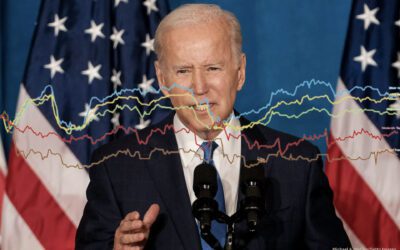Online dial testing with 61 white swing voters across the United States and two follow-up online focus groups – one with white non-college educated men and women and one with unmarried women – show that President Obama’s agenda to bring America closer together as a “tight knit family” scored big. The President’s speech generated strong, positive reactions to policies ranging from investment in infrastructure and college education to a populist agenda that takes on special interest and the wealthy in order to make sure the middle class gets its fair share.

“Let’s close the loopholes that lead to inequality by allowing the top one percent to avoid paying taxes on their accumulated wealth. We can use that money to help more families pay for childcare and send their kids to college.”
His proposals resulted not only in major gains on crucial traits and issues, but bolstered the President’s standing as well. President Obama’s personal favorability improved from a neutral rating (44 percent warm, 44 percent cool) to a net +33 (66 percent warm, 33 percent cool), the largest post-State of the Union shift seen for the President in recent years. Tonight’s speech clearly inspired our audience of swing voters.
The President comes away from this address with much to celebrate. In focus groups, voters note that the President was stronger, more confident, and more relaxed than they have seen him recently, and that they liked his positive vision, with one participant concluding that the president was “almost the guy that was elected 6 years ago, that [was] going to do a lot for the country.”
The President was also successful in crafting an agenda that reached across partisan lines. Despite a deep partisan divide in the November elections and in various issue debates, there was little polarization between Democrats and Republicans throughout the speech, with the Republican dials near or above 50 for most of the President’s address.
The President successfully communicated a strong sense of advocacy for middle class Americans, reflected in big gains on impressions of him as a leader, someone who is on voters’ side, and someone who understands the challenges facing Americans. Voters also express greater confidence in the President than in Republicans on key issues Obama highlighted in the speech—including growing American industries, jobs and trade, handling issues facing working women and families, finding new ways to get better jobs that pay more, and having good plans for the economy. Importantly, the President also appealed to key voters he and Democrats need to win—particularly unmarried women and working class voters. However, there is more work to do to convince these swing voters that the President and Congress can come together on issues and actually make progress on this ambitious agenda.




